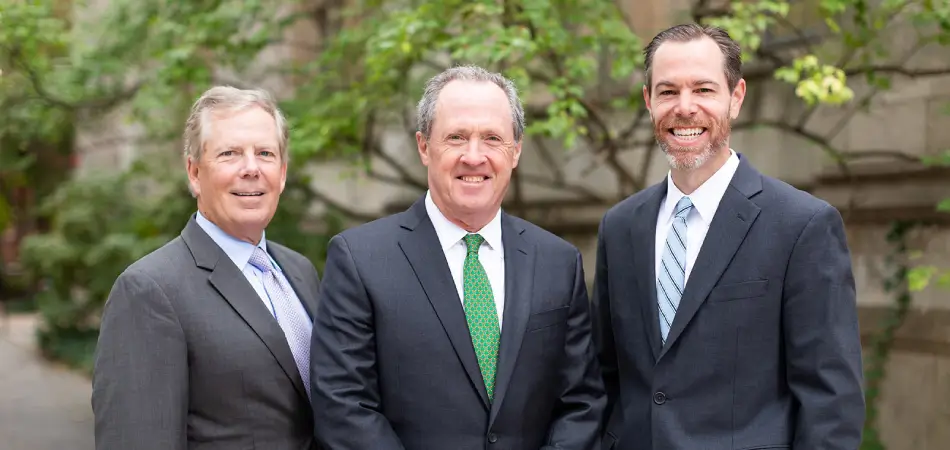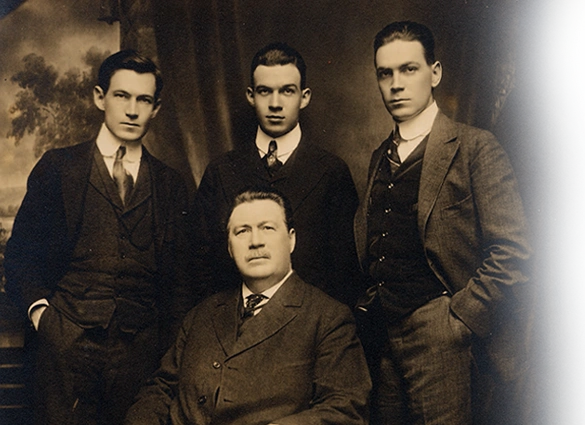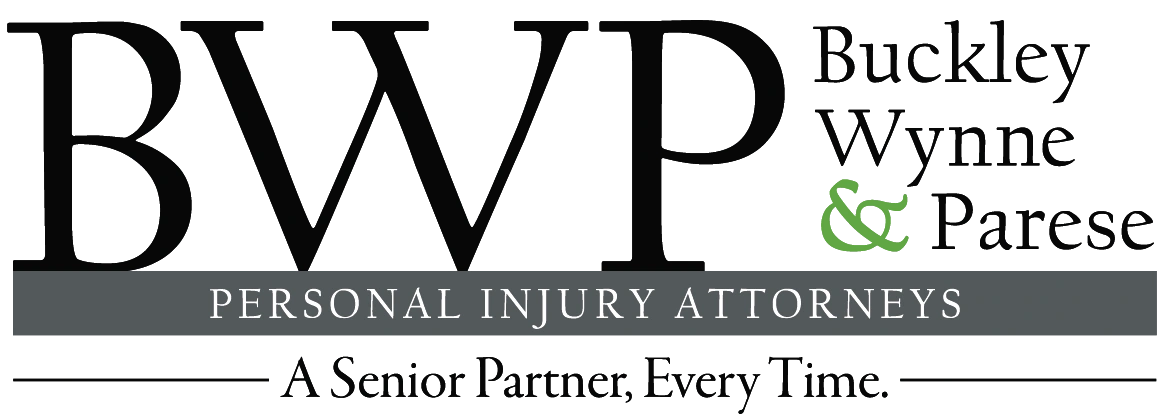No. Your legal fees are paid on a contingency fee basis unless otherwise specified. That means that we are not paid unless we recover compensation for you.
FAQs

Frequently Asked Questions
General Car Accident FAQs
I’ve just been in a crash, I am at the scene, what do I do?
- When in doubt, call for an ambulance.
- Prevent further accidents: Turn on hazard lights, use cones, warning triangles or flares, as appropriate. If there are no serious injuries, and it would be safer to
- do so, move vehicles to a safe place.
- Call the police, even if it was a minor accident.
- Write down the names, addresses, and telephone and driver’s license numbers of all of the other drivers and the insurance information for each of the other vehicles.
- Get witness information if possible.
- Take photos of the accident scene and the vehicles.
Insurance FAQs
How will my medical bills get paid?
If you were injured in an accident, there are four primary ways for your medical bills to be paid.
1st- Medical payments (“Med Pay”) coverage on your auto policy
If you have Med Pay coverage on your auto policy, or you were a passenger in a car that had Med Pay coverage, you should use this coverage to pay your bills, even if you have health insurance. You can determine if you have Med Pay coverage by checking the declarations page of your auto policy or by calling your insurance company or agent. If you have Med Pay, bring your auto insurance declarations page to your doctor for processing payment. You can also contact your auto insurance company directly to get reimbursement or payment for emergency medical treatment. Med Pay will pay up to its limits, after which point your bills should be paid through one of the three remaining sources.
2nd- Health Insurance & Medicare/Medicaid
Generally, your health insurance will not cover your accident related bills until you can prove that you do not have Med Pay. When you call your auto insurance company, request a “No Med Pay Letter”, which you can give to your doctors and health insurer. If you neglect your bills, even if the accident was not your fault, your health care providers may send your bill into collections.
3rd- Letter of Protection
Under certain circumstances, when someone else caused an accident, and you do not have Med Pay or health insurance, some doctors will accept a Letter of Protection from an attorney. This obligates your attorney to reimburse your doctor from the proceeds of your lawsuit settlement or judgment. Because payment is not guaranteed and will be delayed until the resolution of the case, many doctors will not agree to do this. You will need an attorney if you wish to be treated under a Letter of Protection.
4th- Out-of-Pocket
The final way to pay your medical bills is out-of-pocket. Make sure to keep track of everything you paid. If you were not the cause of the accident, you can claim these expenses through a lawsuit against the at-fault party.


Serving All of Connecticut
Free Evaluation 24/7
We understand the stress of dealing with an injury. Our team is here to provide compassionate support and effective legal representation, statewide.

